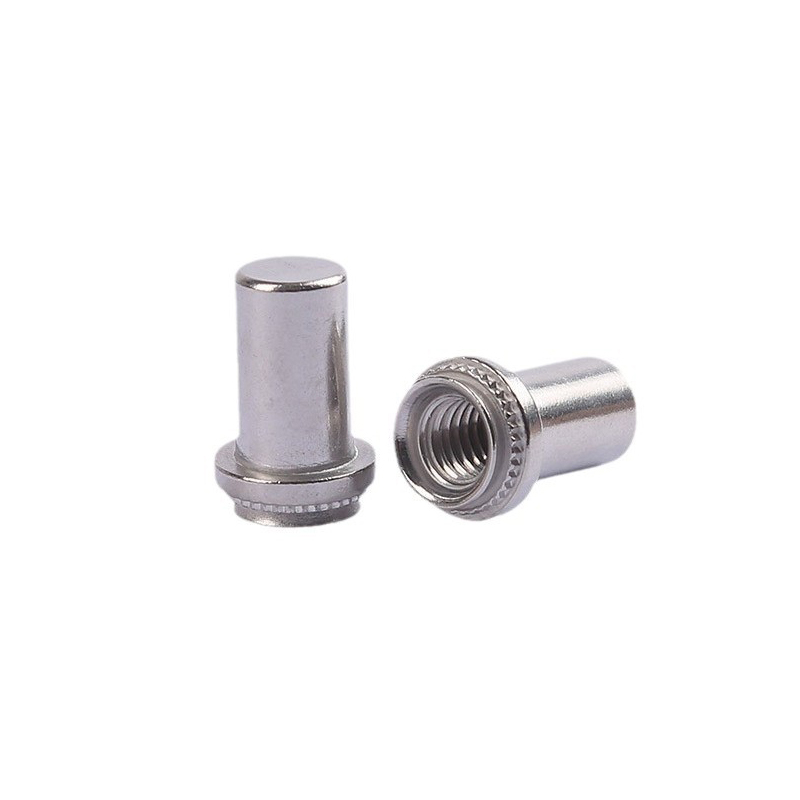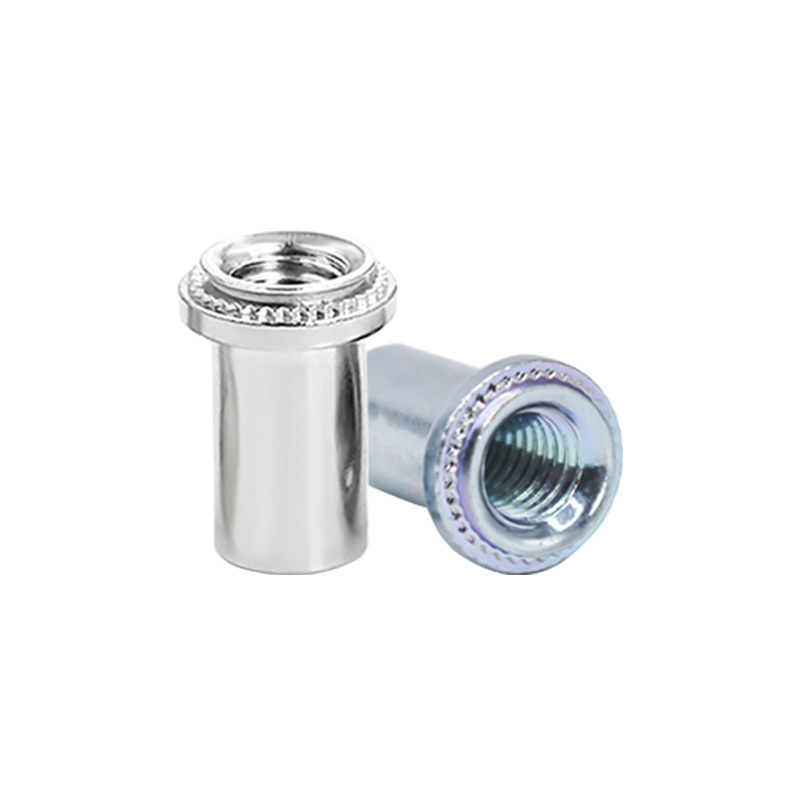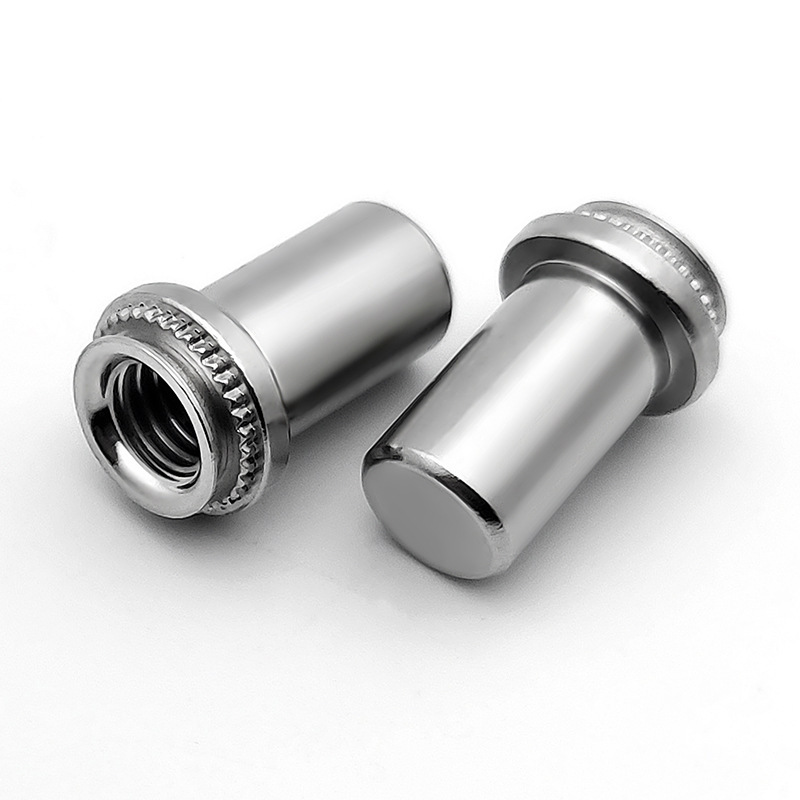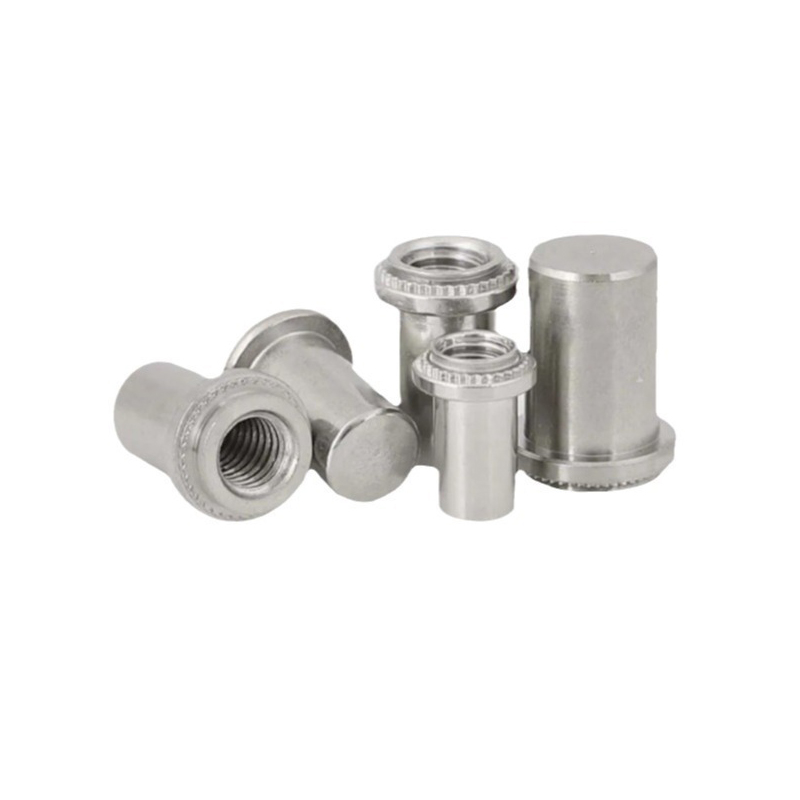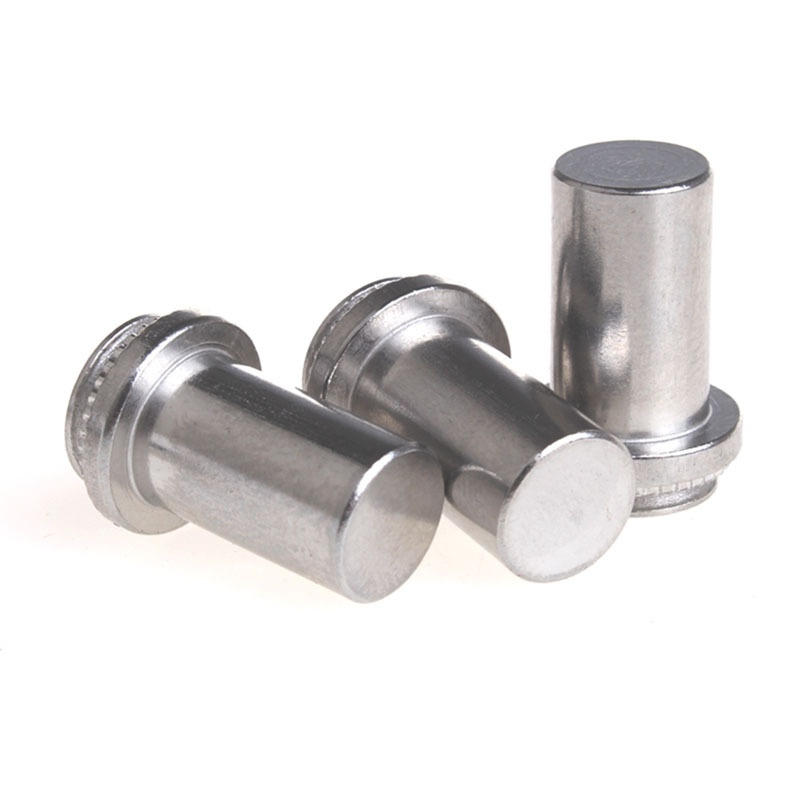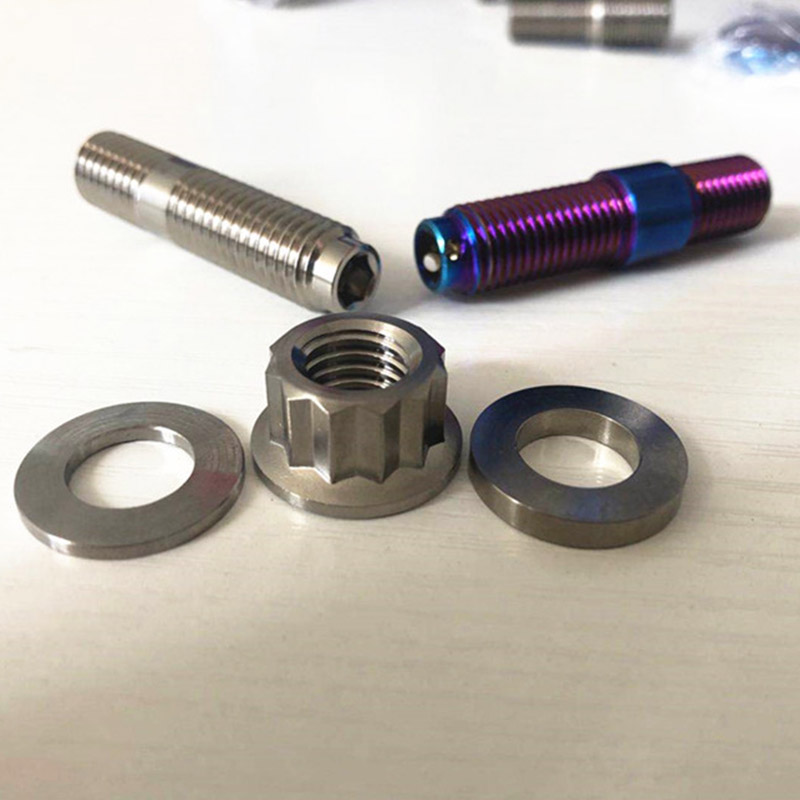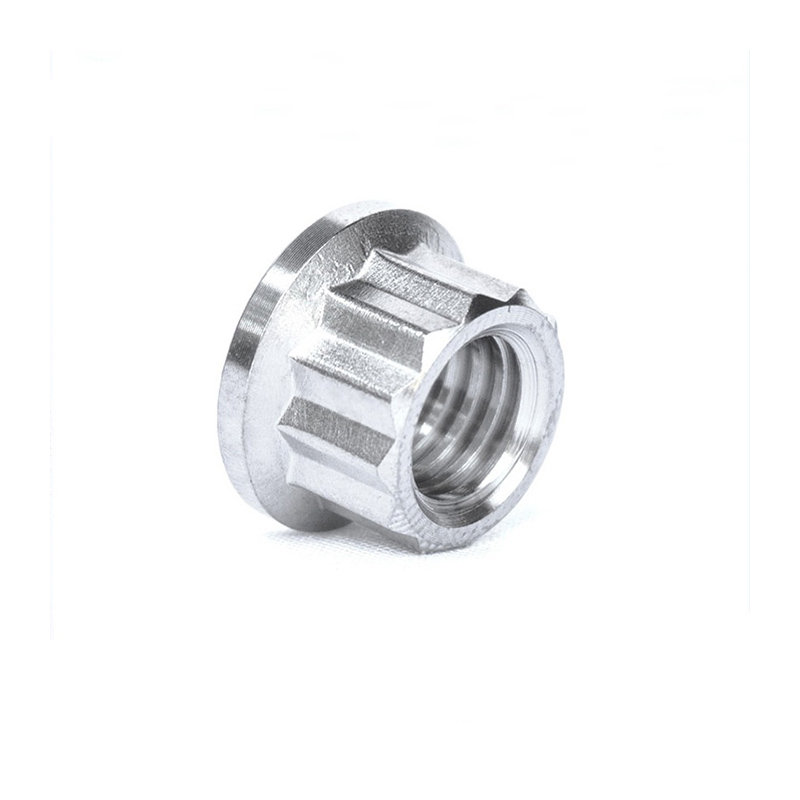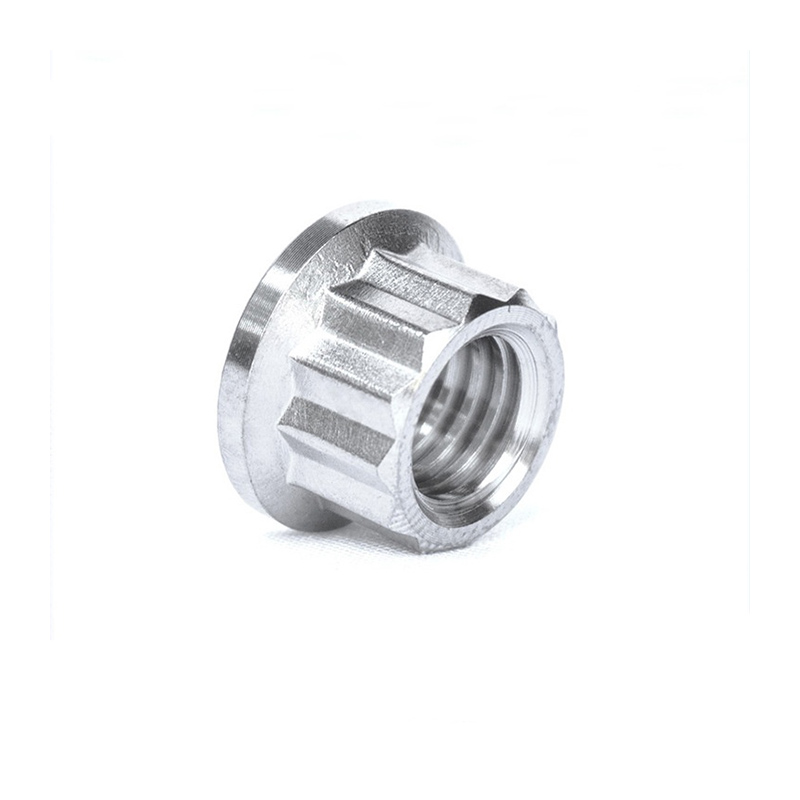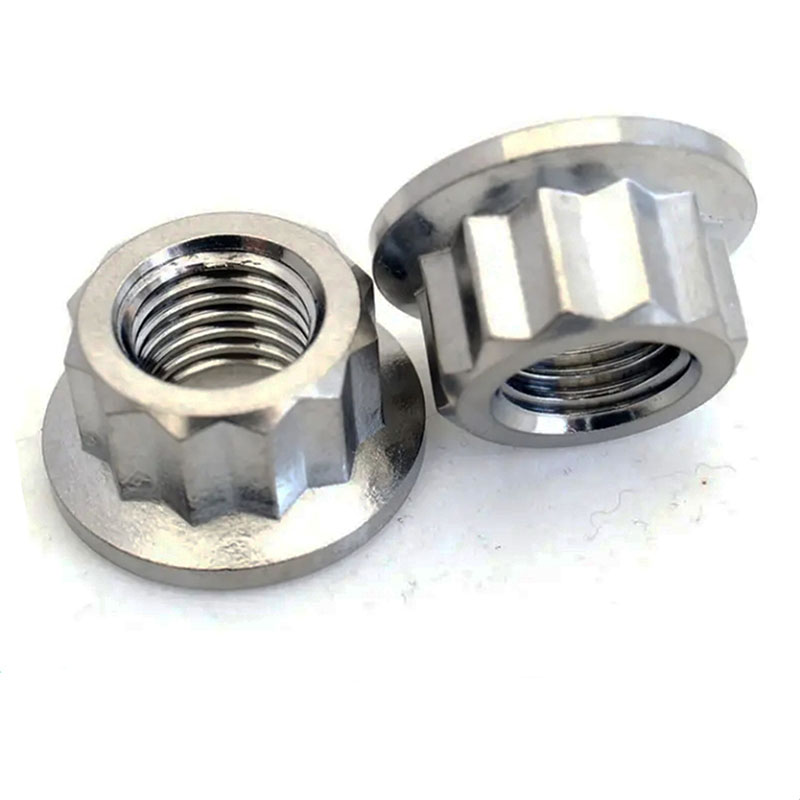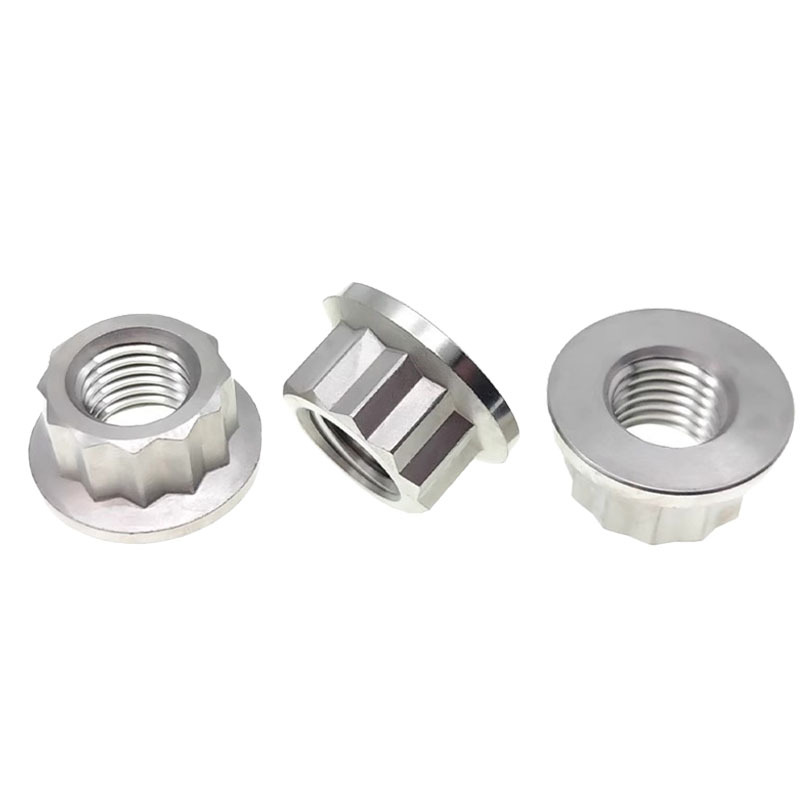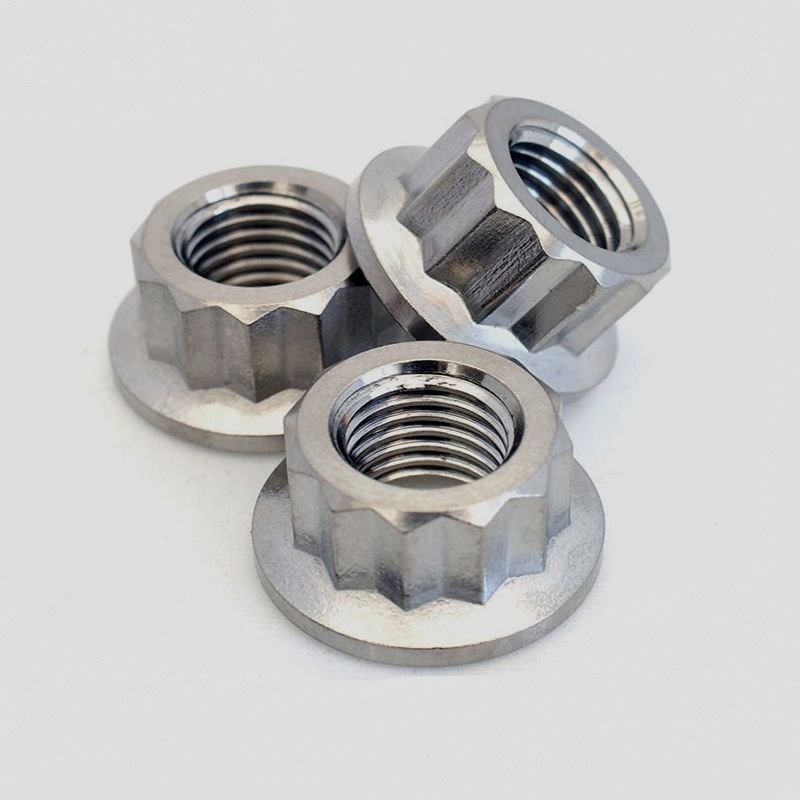UN Carbon Steel Sealing Clinching Nut
Send Inquiry
Made from carbon steel, this UN carbon steel sealing clinching nut is plenty strong and long-lasting. Carbon steel has high tensile strength, so the nut can handle the heavy clamping forces and thread stresses that come with bolted connections. This toughness means the clinching collar and nut body won’t bend or warp when you install them, and they hold up under normal use too.
| Mon | 440-1 | 440-2 | 632-1 | 632-2 | 832-1 | 832-2 | 032-1 | 032-2 | 0420-1 | 0420-2 |
| P | 40 | 40 | 32 | 32 | 32 | 32 | 32 | 32 | 20 | 20 |
| b min | 0.21 | 0.21 | 0.23 | 0.23 | 0.28 | 0.28 | 0.28 | 0.28 | 0.31 | 0.31 |
| d1 | #4 |
#4 |
#6 |
#6 |
#8 |
#8 |
#10 |
#10 |
1/4 | 1/4 |
| d2 min | 0.24 | 0.24 | 0.27 | 0.27 | 0.3 | 0.3 | 0.33 | 0.33 | 0.42 | 0.42 |
| d2 max | 0.26 | 0.26 | 0.29 | 0.29 | 0.32 | 0.32 | 0.35 | 0.35 | 0.44 | 0.44 |
| dc max | 0.165 | 0.165 | 0.187 | 0.187 | 0.212 | 0.212 | 0.249 | 0.249 | 0.343 | 0.343 |
| ds max | 0.15 | 0.15 | 0.169 | 0.169 | 0.204 | 0.204 | 0.235 | 0.235 | 0.305 | 0.305 |
| h max | 0.038 | 0.054 | 0.038 | 0.054 | 0.038 | 0.054 | 0.035 | 0.054 | 0.054 | 0.087 |
| H max | 0.39 | 0.39 | 0.39 | 0.39 | 0.45 | 0.45 | 0.45 | 0.45 | 0.57 | 0.57 |
| H min | 0.37 | 0.37 | 0.37 | 0.37 | 0.43 | 0.43 | 0.43 | 0.43 | 0.55 | 0.55 |
| k max |
0.335 |
0.335 | 0.335 | 0.335 | 0.385 | 0.385 | 0.385 | 0.385 | 0.5 | 0.5 |
Material characteristics:
UN carbon steel sealing clinching nut because it hits a sweet spot between hardness, ease of machining, and cost. The material lets us form the clinch shape and threads accurately, and it keeps its shape well. Even though carbon steel is strong, the base metal needs a surface treatment,like zinc plating to fight rust. The seal is there to protect the joint, not the whole nut surface.
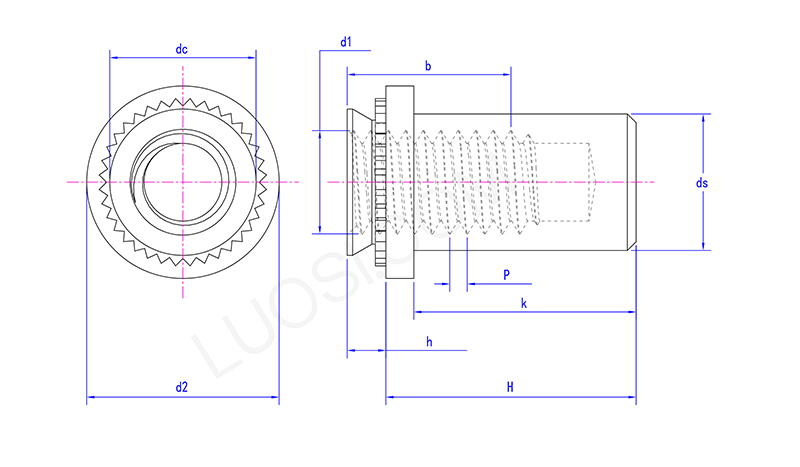
How to install effectively?
The UN carbon steel sealing clinching nut has a built-in sealing part,usually a fluoropolymer (like PTFE) or silicone washer that’s molded right into the nut. When you install the nut with the right clinching method, this seal gets evenly squished against the panel. The stainless steel body creates a permanent mechanical lock when clinched, and together with that compressed seal, it forms a really reliable, vibration-proof airtight barrier. It stops fluids or gases from leaking, even under pressure, so it’s ideal for tanks, enclosures, or fluid systems.


